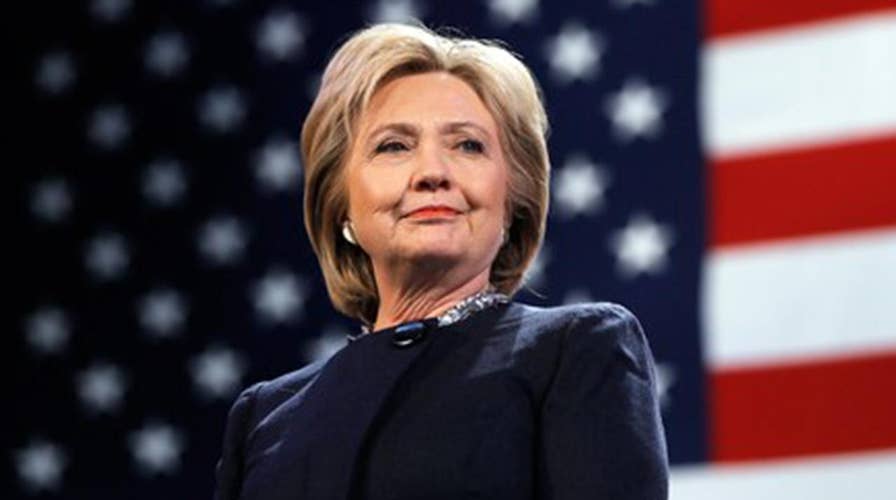Clinton fuels speculation for 2020 run
Hillary Clinton says she won't think about a run until after midterms.
Get ready for Hillary Clinton 4.0. More than 30 years in the making, this new version of Mrs. Clinton, when she runs for president in 2020, will come full circle—back to the universal-health-care-promoting progressive firebrand of 1994. True to her name, Mrs. Clinton will fight this out until the last dog dies. She won’t let a little thing like two stunning defeats stand in the way of her claim to the White House.
It’s been quite a journey. In July 1999, Mrs. Clinton began her independent political career on retiring Sen. Daniel Patrick Moynihan’s farm in upstate New York. Her Senate platform included support for a balanced budget, the death penalty, and incremental health care reform. It was a decisive break from her early-1990s self. Hillary Clinton 2.0 was a moderate, building on the success of her communitarian “It Takes a Village” appeals and pledging to bring home the bacon for New York. She emphasized her religious background, voiced strong support for Israel, voted for the Iraq war, and took a hard line against Iran.
This was arguably the most successful version of Hillary Clinton. She captured the hearts and minds of New York’s voters and soared to an easy re-election in 2006, leaving Bill and all his controversies behind.
But Hillary 2.0 could not overcome Barack Obama, the instant press sensation. During the 2008 presidential campaign, Mrs. Clinton held fast to centrist positions that would have assured her victory in the general election. But progressive leaders and donors abandoned her for the antiwar Mr. Obama. Black voters who had been strong Clinton supporters in New York and Arkansas left her column to elect the first African-American president. History was made, but not by Mrs. Clinton. Though she won more delegates from Democratic primaries, activists in caucus states gave Mr. Obama, who had called her “likable enough,” the heartbreaking win.
Keep reading Mark Penn and Andrew Stein's column in the Wall Street Journal.





















